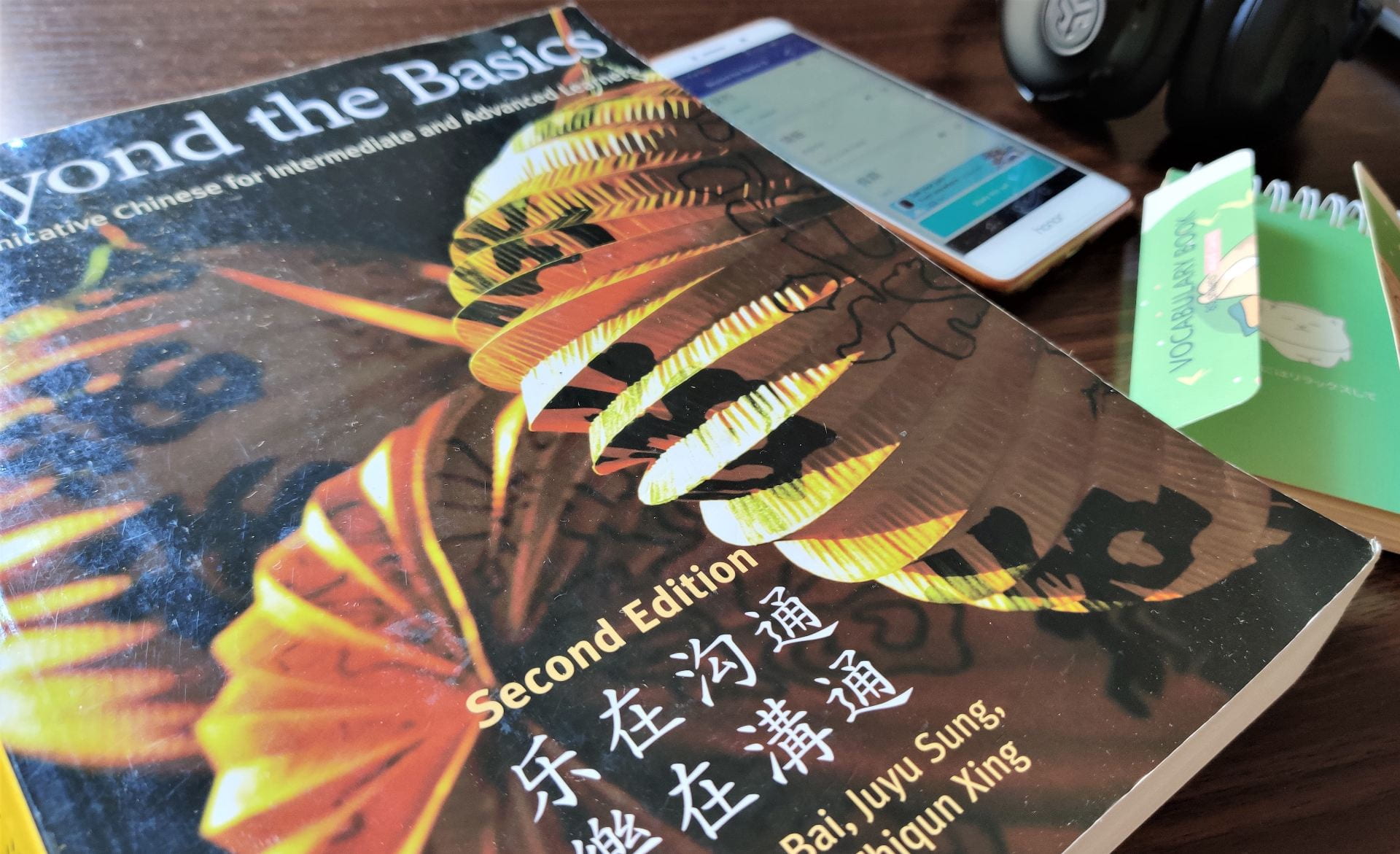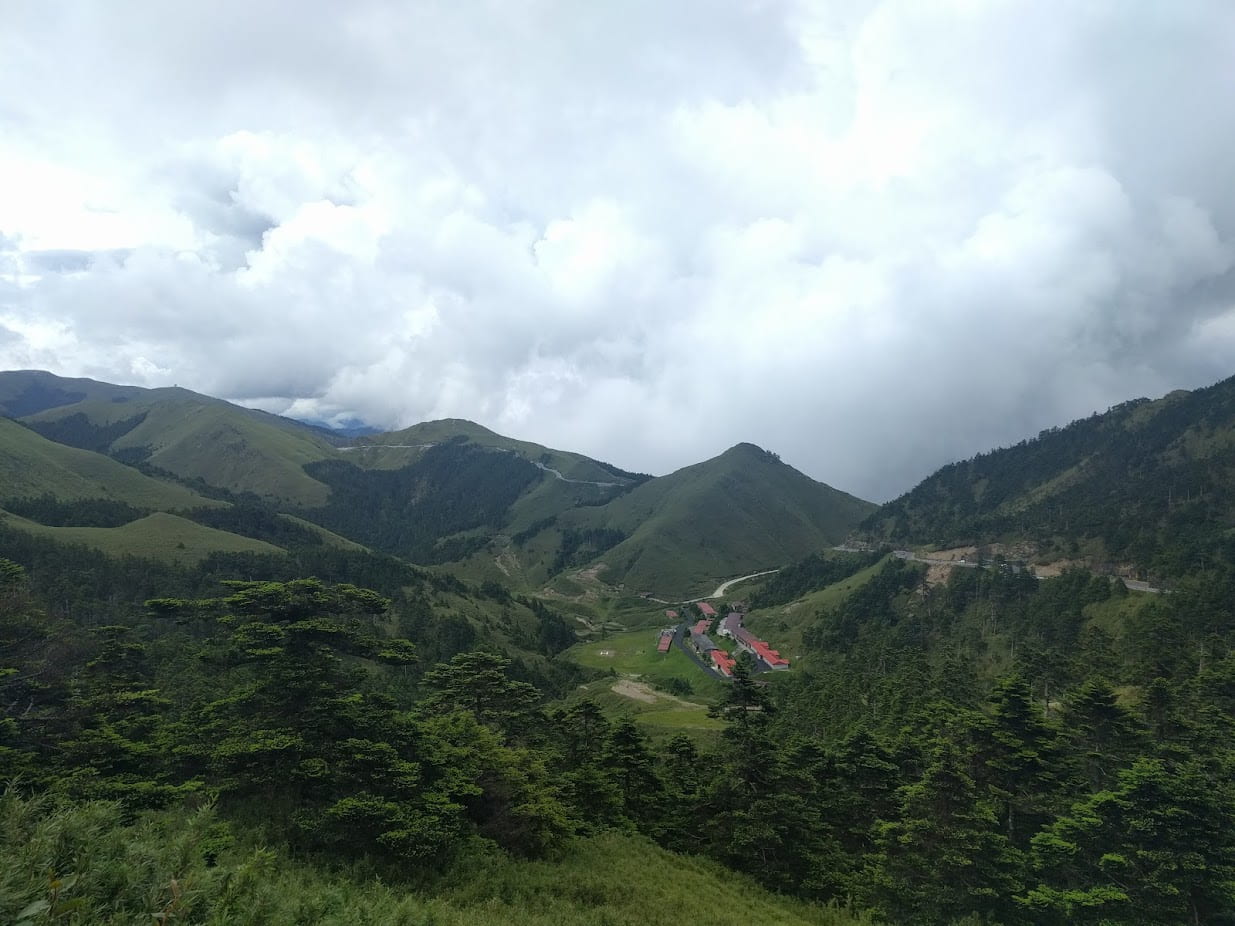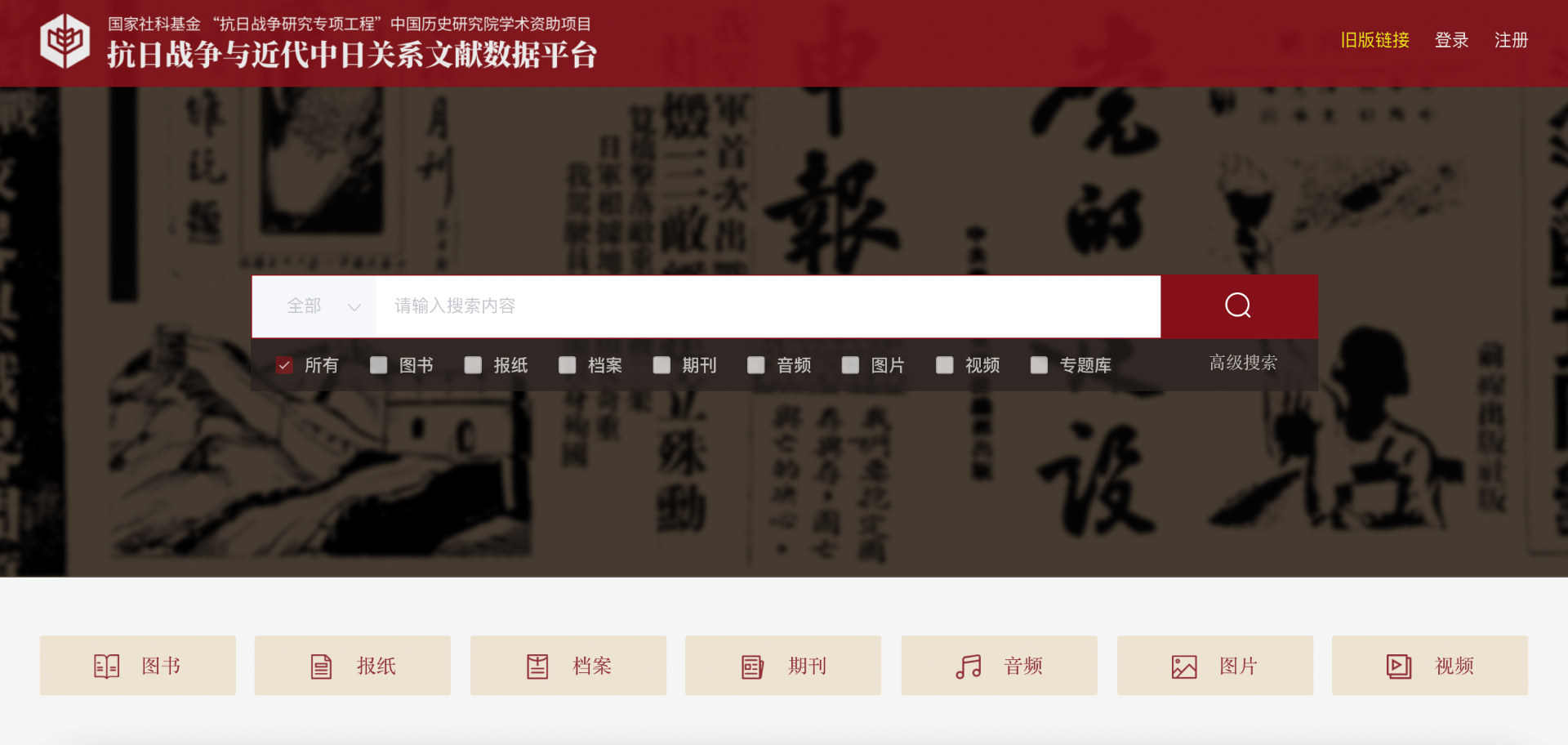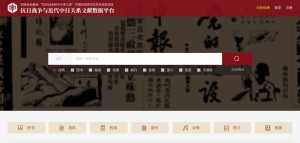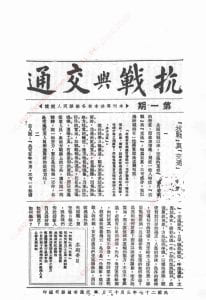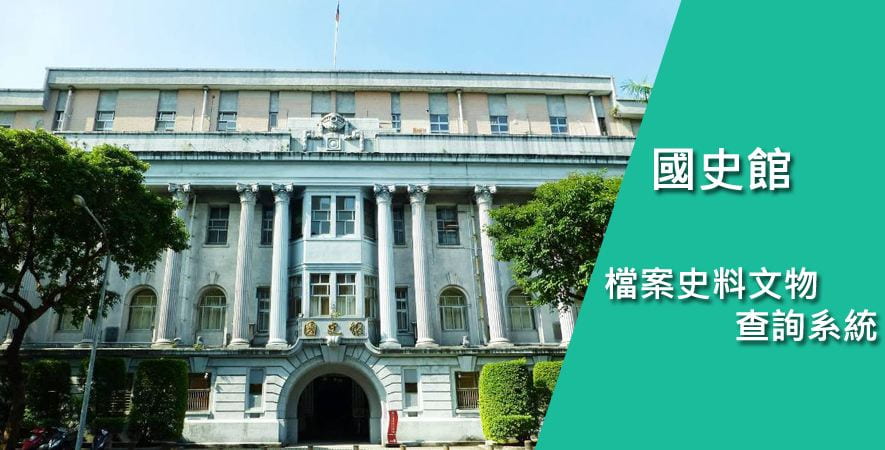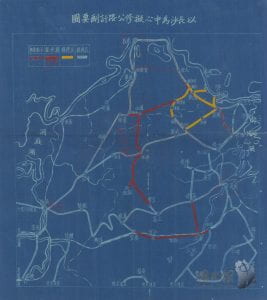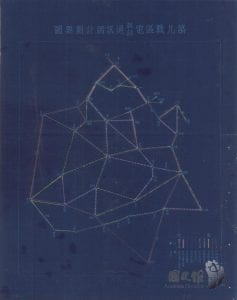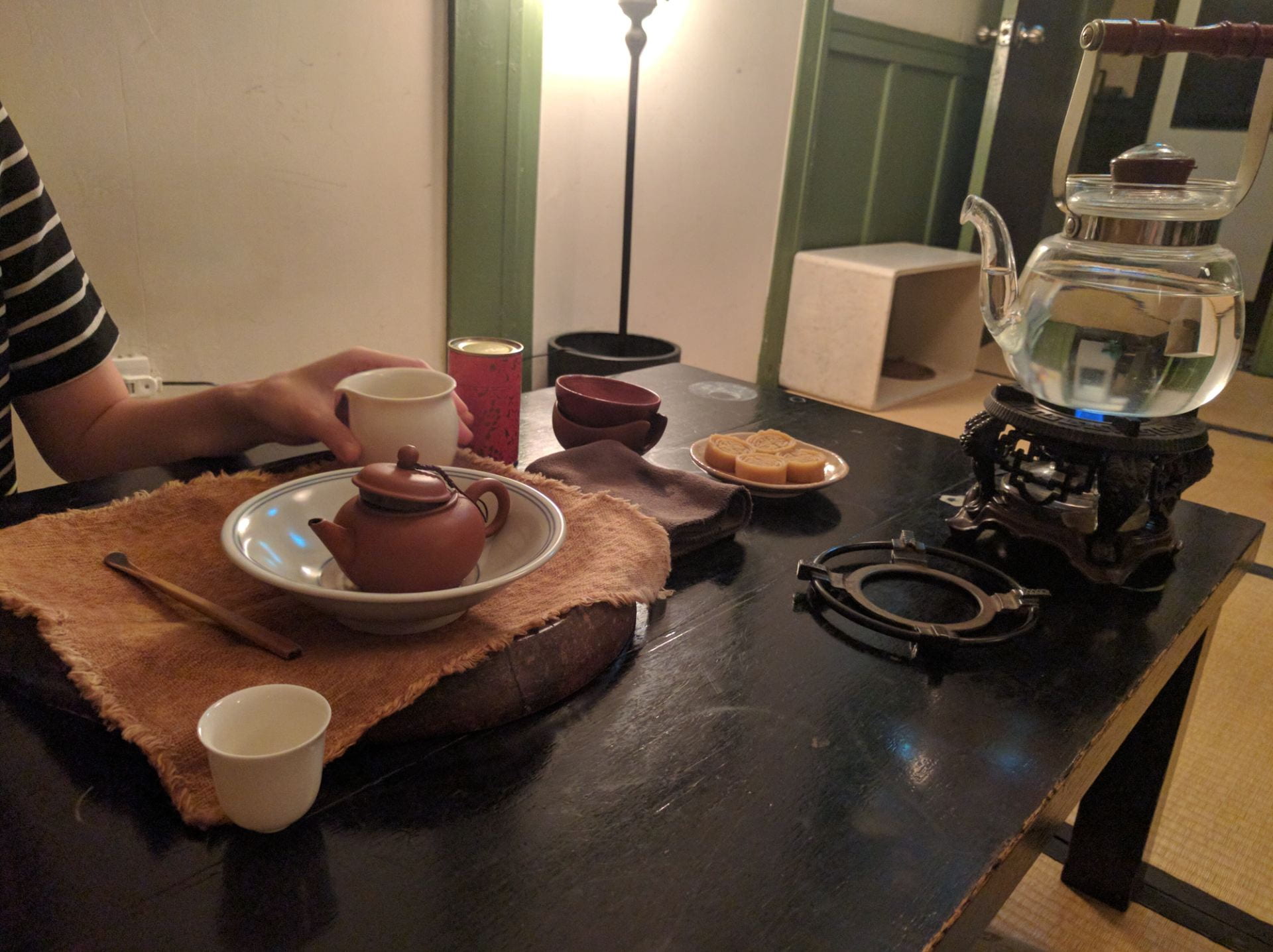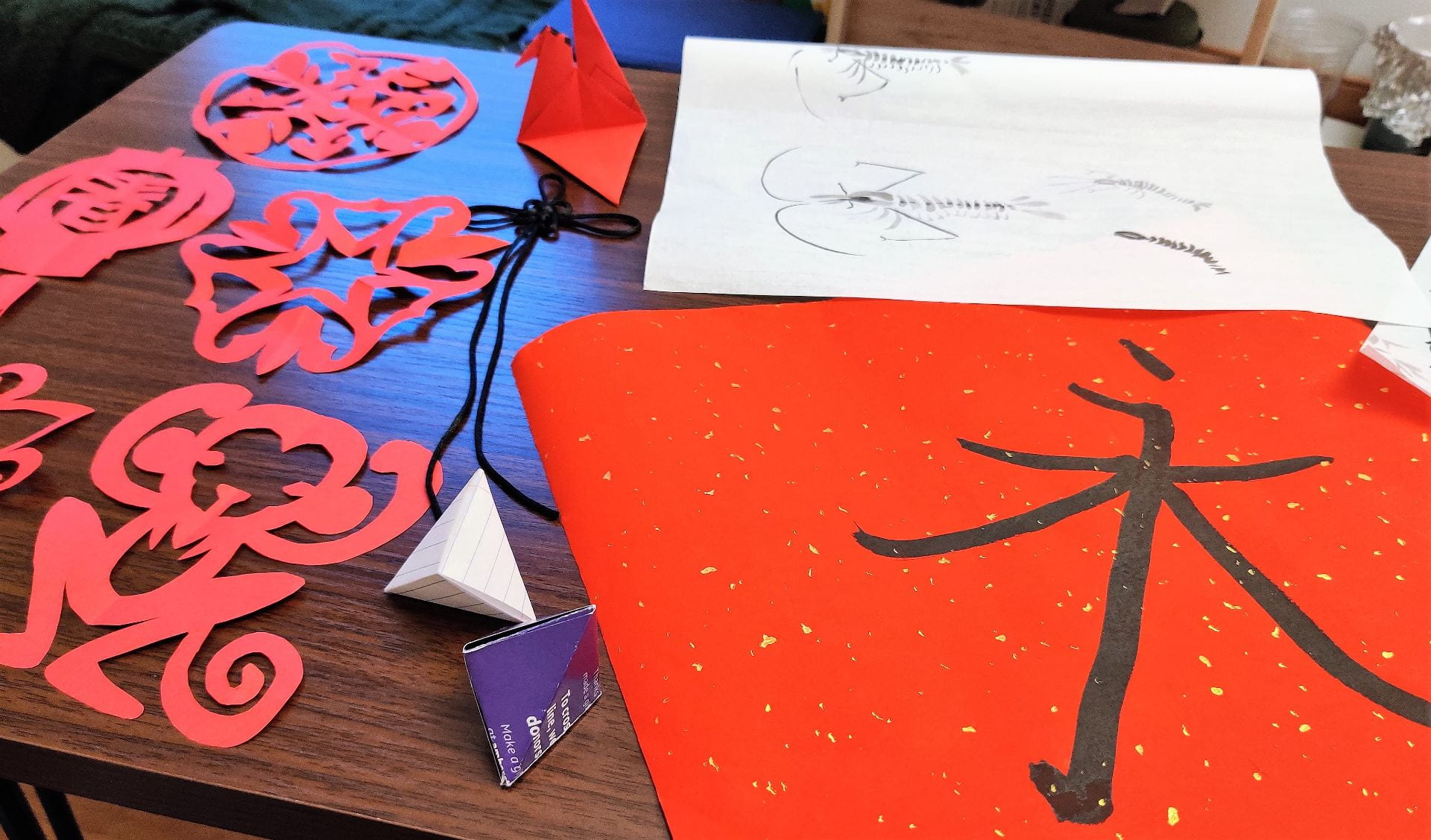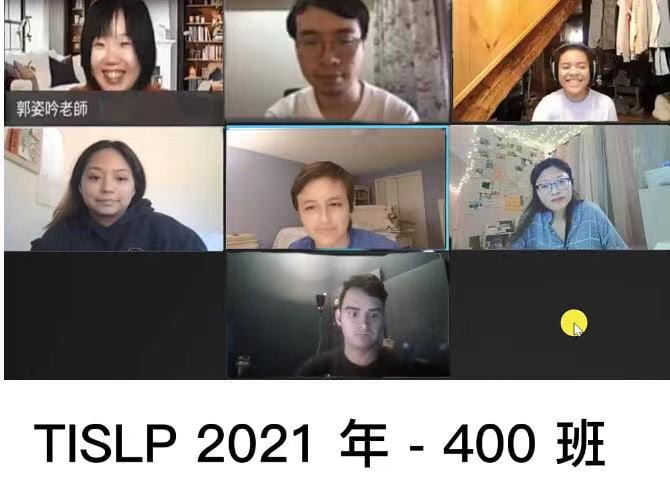-Abhilasha Sahay[1] and Basit Abdullah[2]
Owing to the complex dynamics of gender-based violence, strategies used to mitigate its risk and occurrence need to be multi-faceted, involving various institutions and sections of society. Strict laws related to violence against women will not alone be effective until strong law-enforcing organs exist on the ground. As such, the police station that happens to be the first gate of the criminal justice system forms an important institution to prevent GBV (Human Rights Watch, 2017). Initial reporting to the police is a critical stage in the process of prosecution of sexual violence cases.
In the eyes of society, in general, and victims, in particular, the police form the main source of help for the victims of GBV. Thus, police attitude towards crimes can have a significant impact on the case trajectory, protection of the victim, and prevention of such cases in the future. The attitude of the police towards GBV, in particular, is essential in providing a sense of security and satisfaction to women seeking justice and protection from violence (Shakti, 2017). The negative attitude of police may impact the timely registration of complaints by the victim and influence their response to the situation. This shapes a negative perception of police, which in turn might discourage the victims from pursuing the case (Apsler, et al., 2003).
Police response to gender-based violence has been reportedly inadequate. According to a report on Need for Gender Sensitization in Police, the police response to cases of GBV has been that of initial disbelief of victim’s complaint, discouraging her from the pursuing complaint, aggressive and sexist questioning, delaying medical examination, and trivialization of domestic violence cases. According to a report titled ‘Barriers in Accessing Justice’ by Commonwealth Human Rights Initiative (CHRI) and the Association for Advocacy and Legal Initiatives (AALI), it is difficult to get an FIR registered over rape cases.
Besides other reasons, stereotypes about sexual crimes are also responsible for the inadequate response of police to cases of violence against women. While there are many factors behind low reporting of gender-based violence in India, including fear of social stigma, doubting the victim by police personnel remains a major factor (Status of Policing in India Report, 2019). Fearing the ostracization by police and the wider society, GBV victims do not report their complaints to the police (Joseph et al. 2017). The patriarchal beliefs held by the police officers discourage GBV victims to approach police for help (Dhillon and Bakaya, 2014). Survivors often suffer humiliation in police stations in India when they go to register the case, especially if they are from marginalized communities (Human Rights Watch, 2017). Further, cases of domestic violence cases are often considered family problems that have to be settled between couples (Bannerji, 2016). Victim blaming and tolerance towards domestic violence are also normalized. Stereotypes about women are often internalized by police in patriarchal societal structure, which they are a part of, and it is reflected negatively in their attitude in GBV cases (Jordan, 2004). Most officers in Indian police organization that comprises 90% of men are insensitive towards cases involving females (Kapoor, 2017). Patriarchal beliefs and gender-stereotyped expectations held by police affect the public confidence in the police and the criminal justice system (Tripathi, 2020).
The belief among police officers and broader society that false allegations of sexual violence are leveled has contributed significantly to the under-reporting of sexual violence cases (Lisak et al. 2010). However, rates of false reporting in GBV cases investigated by police low. Sahay (2021) estimates that the number of false cases out of total completed investigated cases by police vary between 5% and 20% in India.
Another salient issue with GBV case handling is the low representation of women in the police force. Historically, women were included in the police force due to increasing crimes against women and the need to deal with women culprits (Natarajan 2016). However, women still comprise only 7% of the police force in India according to “Status of Policing in India Report, 2019”. The opening of women’s police stations has led to increased reporting of crimes against women by 22% (Amaral et al. 2021). This is true around the world as the presence of women officers is found to have a positive correlation with the reporting of sexual assaults (UN, 2011-12). Higher reporting of sexual violence-related crimes and arrests made for such offenses are associated with a higher number of females at inspector rank in those places (Siwach, 2018).
A gender-inclusive police force will be helpful in dealing with gender violence cases effectively. It will help women, in general, get more access to police stations and give them a sense of confidence in reporting and pursuing their complaints. As such, increasing women personnel in the police force has many concrete operational benefits in dealing with GBV cases. However, the inclusion of women in the police force is not sufficient to result in a gender-sensitive and non-discriminatory attitude of the police. The internal organizational culture of insensitive and apathetic attitudes towards GBV victims has to be reformed in order to bring some change. Within the police, there is a need to ensure that officials are properly trained with skills to respond to and investigate the GBV cases effectively. The creation of specialized police services that can provide protection and assistance to female victims is an important step in that direction.
According to the Status of Policing in India Report 2019, police personnel in India largely lack gender sensitization training programs. Even those who report being trained on gender sensitization do not get such training frequently. A more sensitive police force can be encouraging for victims to freely come to police stations to report such cases and play the role of guide them about how to pursue the case after filing the FIR. The police officers should be given training in dealing with victims of gender violence and frequent teaching sessions organized for them sensitizing them about gender. Vocational training programs for police officers challenging their patriarchal beliefs should be organized for police officers (Tripathi, 2020). Both well-trained and gender-sensitive police force is needed to provide an enabling environment to provide justice to victims of gender-based violence. The cult of masculinity in the police force and the stereotypes they hold about sexual assault, harassment, or domestic violence call for both gender sensitization training and inclusion of women in the police force.
[1] Sigur Grant Recipient (AY 2020-2021)
[2] Research Assistant hired by Sahay
Abhilasha Sahay, Ph.D. Economics
Sigur Center 2020-21 Research Grant
George Washington University
References
Amaral, S., Bhalotra, S., & Prakash, N. (2021). Gender, crime and punishment: Evidence from women police stations in India.
Apsler, R., Cummins, M. R., & Carl, S. (2003). Perceptions of the police by female victims of domestic partner violence. Violence against women, 9(11), 1318-1335.
Bannerji H (2016) Patriarchy in the era of neoliberalism: the case of India. Social Scientist 3–27
Dhillon M and Bakaya S (2014) Street harassment: a qualitative study of the experiences of young women in Delhi. SAGE Open 1–11.
Human Rights Watch (New York, NY). (2017). “Everyone Blames Me”: Barriers to Justice and Support Services for Sexual Assault Survivors in India. Human Rights Watch.
Joseph G, Javaid SU, Andres LA, Chellaraj G, Solotaroff J and Rajan SI (2017) Underreporting of Gender-Based Violence in Kerala, India: An Application of the List Randomization Method. Policy Research working paper; No. WPS 8044; Impact Evaluation series. Washington, DC: World Bank Group.
Kapoor S (2017). Culture change and law enforcement needed to make India safer for women.
Lisak, D., Gardinier, L., Nicksa, S. C., & Cote, A. M. (2010). False allegations of sexual assault: An analysis of ten years of reported cases. Violence against women, 16(12), 1318-1334.
Natarajan, M., 2016. Women police in a changing society: Back door to equality. Routledge.
Prasad S (1999) Medicolegal response to violence against women in India. Violence Against Women 478–506.
Siwach, G. (2018). Crimes against women in India: Evaluating the role of a gender representative police force. Available at SSRN 3165531.
Sahay, A. (2021). The Silenced Women: Can Public Activism Stimulate Reporting of Violence against Women?. Policy Research Working Paper 9566. Africa Region Gender Innovation Lab. World Bank Group.
Shakti, B. S. (2017). Tackling Violence Against Women: A Study of State Intervention Measures (A comparative study of impact of new laws, crime rate and reporting rate, Change in awareness level). New Delhi: Government of India, Ministry of Women and Child Development.
Tripathi, S. (2020). Patriarchal beliefs and perceptions towards women among Indian police officers: A study of Uttar Pradesh, India. International journal of police science & management, 22(3), 232-241.


